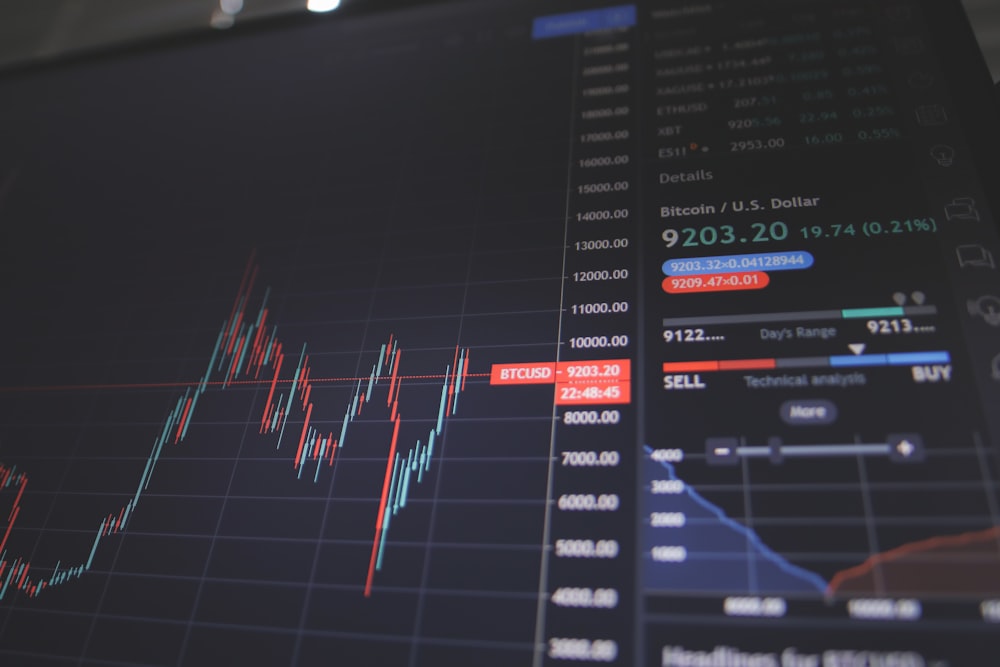What Is an Investment?

What Is an Investment? Warren Buffett's Timeless Definition
When people hear the word investment, they often think of the stock market, gold, or real estate. But what does investment truly mean?
Legendary investor Warren Buffett, often called the "Oracle of Omaha," provides one of the clearest definitions:
"The process of laying out money now to receive more money in the future."
In his 2011 letter to Berkshire Hathaway shareholders, Buffett expanded on this idea:
"The definition of investment is putting out money to be reasonably sure of getting more money back later on, after taking inflation into account."
This perspective highlights that a genuine investment is not simply about buying something that may rise in price. Instead, it must produce value, income, or both.
What Defines a True Investment
According to Buffett, a real investment should meet the following criteria:
- It produces something – such as goods, services, or income.
- It has intrinsic value – based on what it creates, not just what someone is willing to pay.
- It offers a margin of safety – by being purchased at a fair or discounted price.
- It is intended for the long term – allowing time for compounding and growth.
Not all assets qualify under these conditions. Buffett categorizes investments into two broad groups: productive and non-productive.
Productive Investments: Assets That Create Value
A productive investment generates income, appreciates in value because it produces something useful, or does both. These assets work for the investor by creating wealth over time.
Examples of Productive Investments
- Stocks – Companies that pay dividends and grow in value.
- Bonds – Provide fixed interest income.
- Rental Properties – Generate monthly rental income.
- Businesses – Produce profits and expand operations.
- Farmland – Creates agricultural output and income.
- REITs (Real Estate Investment Trusts) – Distribute rental income to investors.
- Dividend Funds – Provide regular income from dividends.
Buffett favors productive investments because they create value consistently, even when the investor is not actively involved.
Non-Productive Investments: Assets That Depend on Speculation
In contrast, non-productive investments do not generate cash flow or create goods and services. Their only source of return is the hope that someone else will pay more for them in the future.
Buffett frequently uses gold as an example:
"Gold gets dug out of the ground in Africa… then we melt it down, dig another hole, bury it again, and pay people to guard it. It has no utility."
Characteristics of Non-Productive Investments
- Do not produce goods, services, or income.
- Depend solely on price appreciation.
- Often follow the "greater fool" theory, where profits rely on finding someone willing to pay more later.
Examples of Non-Productive Investments
- Gold and Silver – Store of value but no income.
- Art and Collectibles – Aesthetic appeal without financial output.
- Luxury Watches – Valuable items that do not create earnings.
- Undeveloped Land – Holds potential but produces nothing until developed.
- Cryptocurrencies – Most do not produce cash flow or intrinsic value.
Buffett cautions that if an asset does not create value, it is speculation rather than investment.
The Core Difference: Investing vs. Speculating
The distinction can be summarized simply:
- Productive investments generate wealth through income and growth.
- Non-productive investments rely on speculation and future price increases.
As Buffett puts it:
"The best investments make more than they cost."
When you purchase a productive asset, it works for you. With a non-productive asset, you are only waiting and hoping.
Why Buffett Prefers Productive Assets
Buffett built his fortune primarily through ownership of businesses and stocks. His investment philosophy emphasizes:
- Long-term ownership – allowing compounding to multiply returns.
- Intrinsic value – buying assets that create wealth.
- Margin of safety – protecting against risk by buying at fair prices.
Before committing capital, his key question is straightforward:
"Will this asset make money for me, or am I simply betting someone else will pay more?"
Summary
There are two main categories of investments:
- Productive investments – such as stocks, bonds, real estate, businesses, and farmland, which create income or value.
- Non-productive investments – such as gold, art, watches, undeveloped land, or cryptocurrencies, which rely solely on price appreciation.
The most successful investors focus on assets that generate cash flow and long-term value creation rather than speculation.
Conclusion
A genuine investment should be useful and sustainable. It should generate profits, rent, or interest, and grow over time without requiring a constant search for new buyers.
Before investing, it is wise to ask:
"Am I purchasing something that will create value, or am I just hoping someone else will pay more for it?"